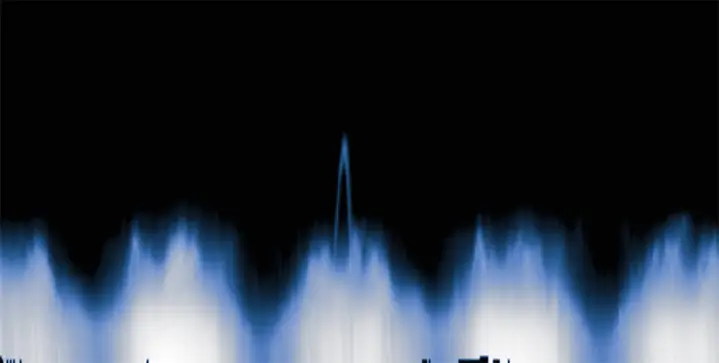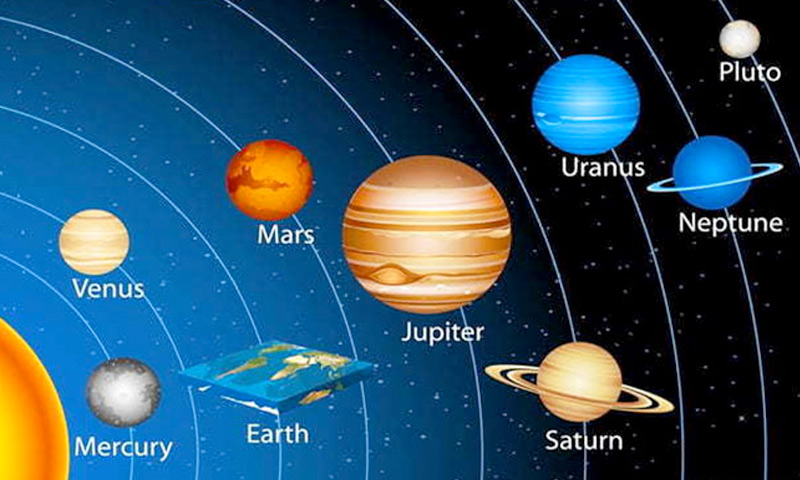GPS has become so ingrained in our life that it is hard to imagine a world before GPS. I remember having to use paper maps and asking folks for directions during our road trips and now I don’t need to worry about anything, just follow the map and you can find anything. Even during my mountaineering course back in 1999 we learnt how to navigate and how to figure out where you were using landmarks. Towards the end of the course the instructor showed us a GPS receiver (which was ridiculously expensive at that time) as something that was available but couldn’t be relied upon because it was too expensive and might not be available. Now we have watches with built in GPS so the technology has come a long way since then.
However, since GPS is a US controlled system they have the ability to disable it for any area if they want and that creates a major risk. In the Kargil war, US disabled GPS for the entire region making it difficult for them to figure out where they were and perform the attacks more safely. This highlighted the risk and strategic importance of the functionality for India and they started working on an indigenous replacement.
Other countries have also realized the same and implemented their own version of GPS, these include Russian GLONASS, European Galileo, Japanese QZSS (Covers Japan and surrounding areas), and Chinese BeiDou. India’s replacement is called NavIC, which means sailor in Hindi. It is an regional satellite navigation system that provides accurate real-time positioning and timing services and currently covers India and a region extending 1,500 km (930 mi) around it. The system went live in 2018 via seven satellites. These satellites only operated in the L-5 band and S-band frequencies which are not supported in civilian equipment so wasn’t available for civilian use. After the Galileo constellation was granted approval to use the L1 band India also requested access and was granted permission by the International Telecommunication Union to use the L1 and L2 frequency bands.
On 29th May 2023, ISRO successfully placed the NVS-01 navigation satellite into orbit. This second generation satellite supports the L1 band which means the device manufacturers such as GPS receivers and smartphones just need a software update to support navigation using NavIC instead of needed extra hardware which was the case with the previous generation of the system. ISRO is planning on launching a satellite every six months over the next few years to put 11 new satellites in orbit so that the system has redundancy.
NVS-01 is the first of the second-generation satellites envisaged for the Navigation with Indian Constellation (NavIC) services. NVS series of satellites will sustain and augment the NavIC with enhanced features. This series incorporates L1 band signals additionally to widen the services. For the first time, an indigenous atomic clock will be flown in NVS-01.
For now the system is concentrating on the Indian subcontinent and the area around it but as more satellites are launched they are planning on covering the entire globe and provide users with an alternative to GPS.
– Suramya

